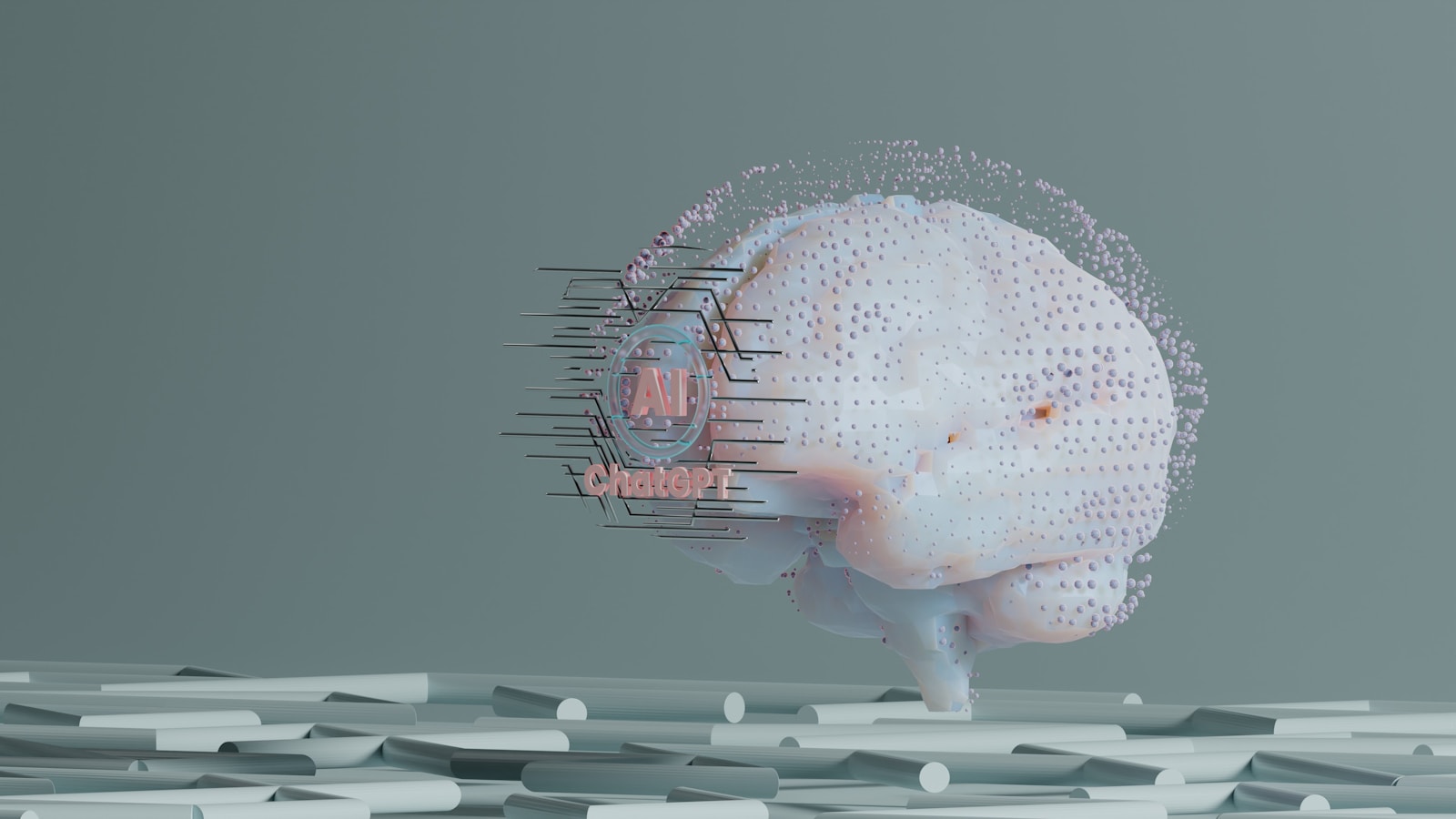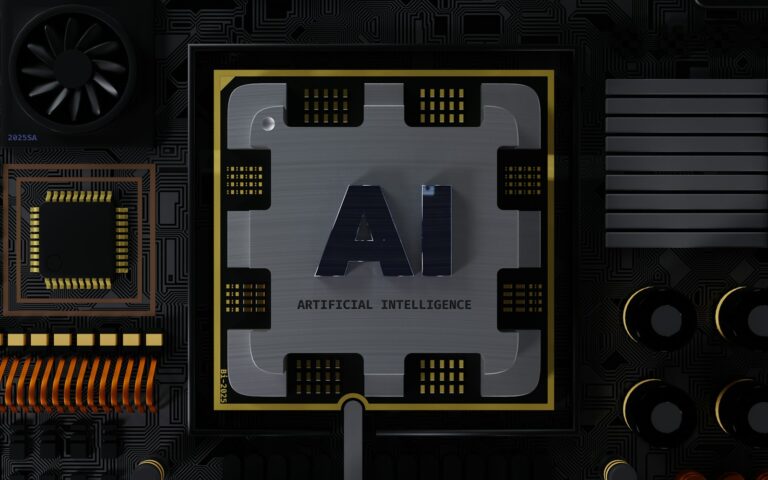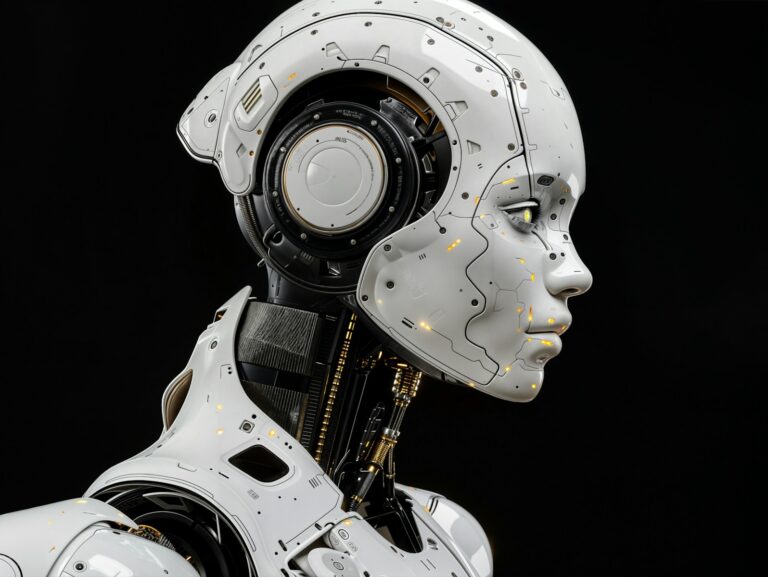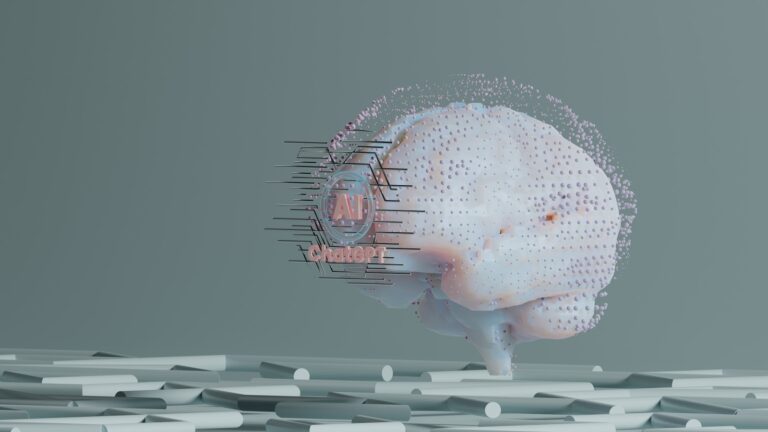
The Role of AI in Cybersecurity: Safeguarding Our Digital Future
Introduction: A New Era of Cyber Defense
In today’s hyper-connected world, cybersecurity threats are evolving at an alarming pace. With cybercriminals leveraging sophisticated tools and methods, organizations are compelled to adopt more advanced defenses. This is where Artificial Intelligence (AI) steps in, revolutionizing the way we approach cybersecurity. By integrating AI technologies, businesses are not only enhancing their security protocols but also redefining what’s possible in the realm of threat detection and response.
How AI Enhances Threat Detection
AI’s ability to process vast amounts of data in real-time is one of its most significant advantages in cybersecurity. Traditional security systems often struggle to keep up with the sheer volume of data and potential threats. However, AI algorithms can analyze patterns and anomalies in user behavior, network traffic, and system operations, identifying potential vulnerabilities before they can be exploited.
For instance, AI-driven tools can learn from historical data to predict future threats, flagging unusual activities that may indicate a breach. Companies like Darktrace employ AI to create a "self-learning" system that autonomously identifies and neutralizes threats, transforming cybersecurity from a reactive to a proactive stance.
Automating Response to Threats
Another critical role of AI in cybersecurity is its capacity for automating responses to detected threats. Manual responses to security incidents can be slow and prone to human error, often allowing breaches to escalate. AI systems can trigger immediate defensive actions, such as isolating affected systems or blocking suspicious IP addresses, significantly reducing the response time.
For example, using AI-enabled incident response platforms, security teams can automate repetitive tasks, freeing up valuable time and resources. This allows professionals to focus on more complex security challenges that require human ingenuity, thus enhancing the overall efficiency of cybersecurity operations.
Predictive Analytics: Anticipating Cyber Threats
Predictive analytics, fueled by AI, is transforming how organizations anticipate and prepare for potential cyber threats. By leveraging machine learning algorithms, businesses can analyze and predict emerging threats based on historical data and current trends. This foresight allows organizations to implement preventative measures before an attack occurs.
For instance, financial institutions are increasingly using predictive models to assess risk factors and potential attack vectors, ensuring they remain one step ahead of cybercriminals. By integrating predictive analytics into their cybersecurity strategies, companies can significantly mitigate risks and enhance their overall security posture.
The Future of AI in Cybersecurity
As AI continues to evolve, its role in cybersecurity will grow more critical. The integration of AI with other emerging technologies such as blockchain and the Internet of Things (IoT) is expected to create more resilient security frameworks. For example, blockchain can offer enhanced data integrity, while IoT can benefit from AI-driven security protocols that adapt to the unique challenges posed by interconnected devices.
Organizations must stay ahead of the curve by investing in AI technologies and training their teams to leverage these tools effectively. By doing so, they will not only fortify their defenses but also create a more secure digital landscape for everyone.
Conclusion: Embracing AI for a Secure Tomorrow
The integration of AI in cybersecurity is not just a trend but a necessity in an era of increasingly sophisticated cyber threats. By enhancing threat detection, automating responses, and utilizing predictive analytics, AI is helping organizations protect their critical assets and data more effectively than ever before. As we move forward, embracing these technologies will be essential for building a secure digital future.



